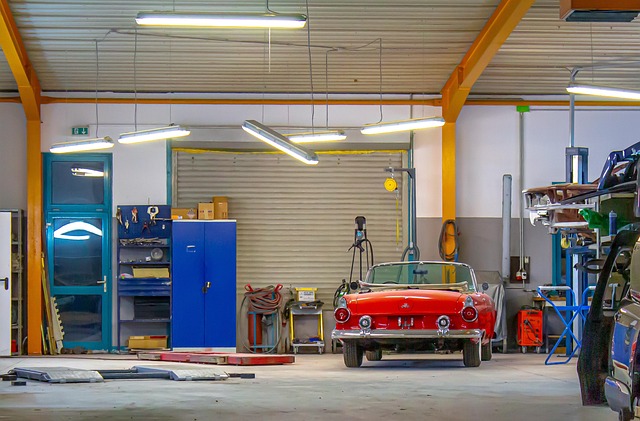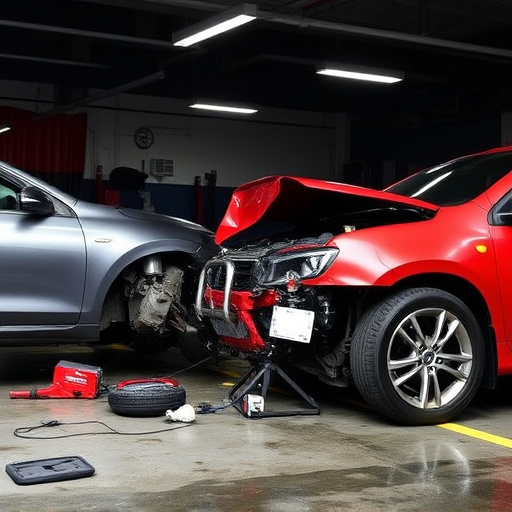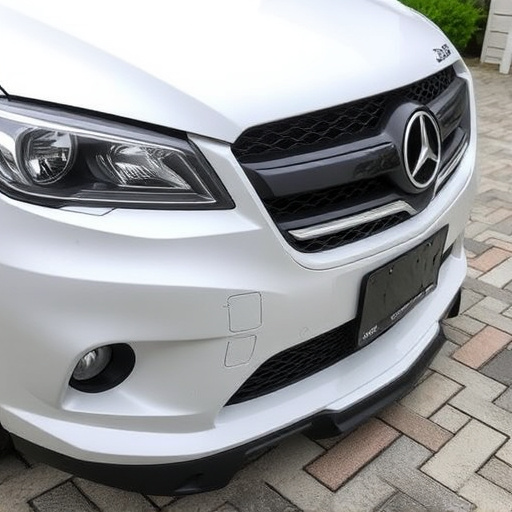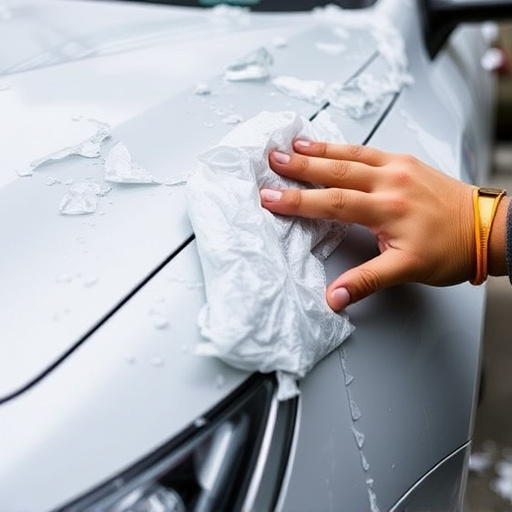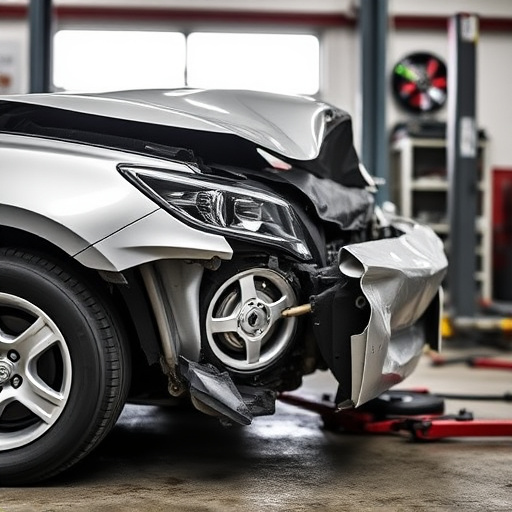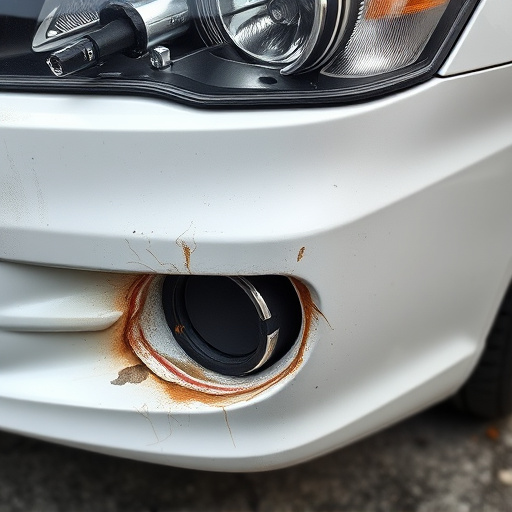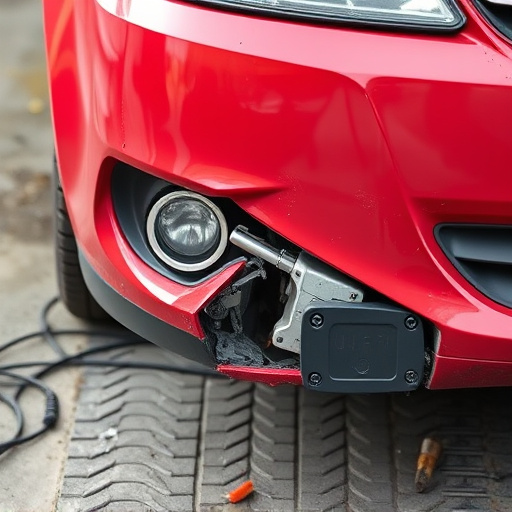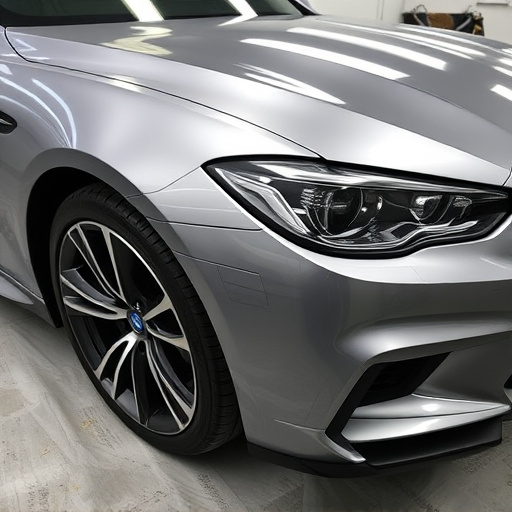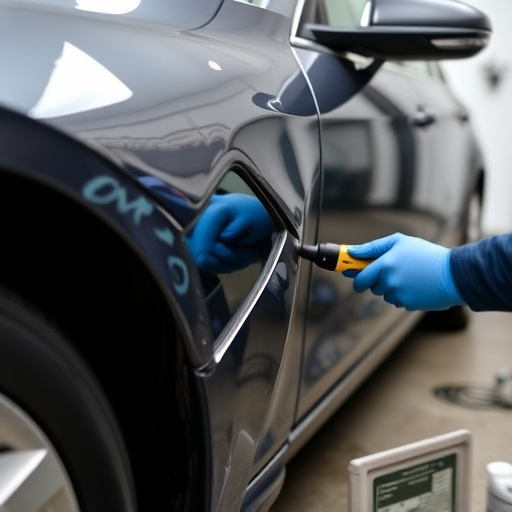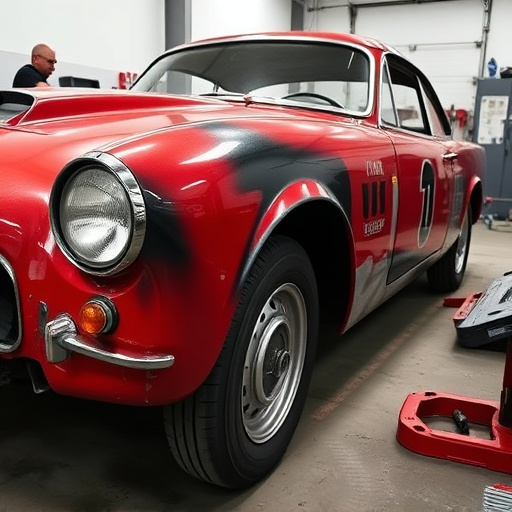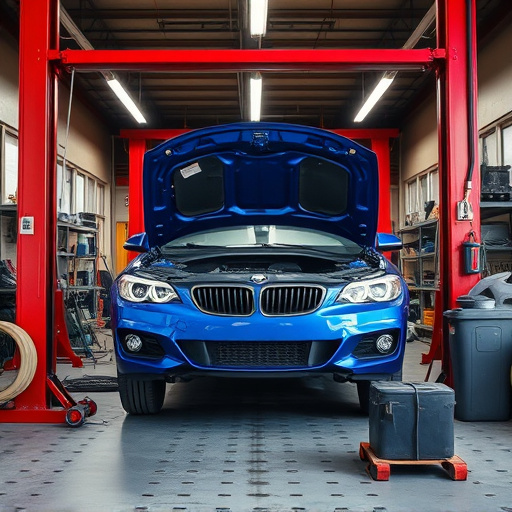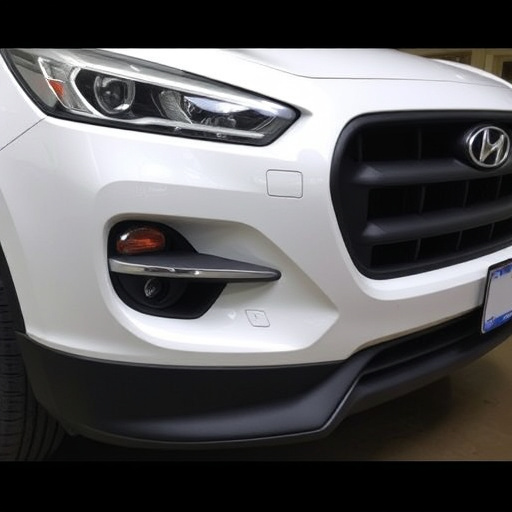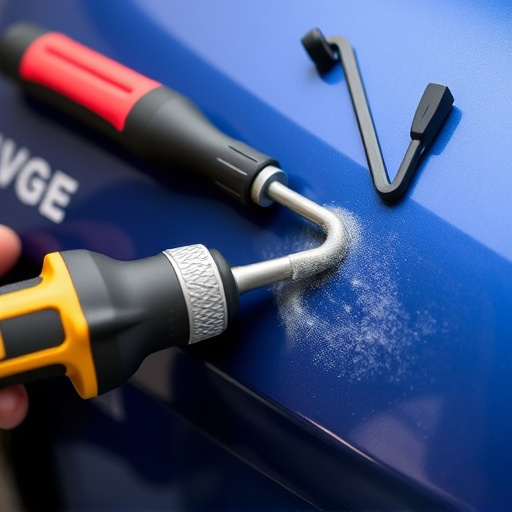The three-stage paint system (primer, base coat, clear coat) is vital for modern vehicle aesthetics and protection, but its complexity poses challenges. Manufacturers use advanced techniques like electrostatic painting and robot technology to enhance precision and efficiency. Primer technologies have also improved for better adhesion, corrosion resistance, and faster drying times, crucial for structural integrity and repair work.
In modern vehicle design, the three-stage paint system plays a pivotal role in achieving durable, high-quality finishes. However, as designs become increasingly complex with curved surfaces, unique materials, and advanced colors, traditional application methods face challenges. This article delves into the intricacies of the three-stage paint system, explores design complexities that arise, and highlights innovations aiming to overcome historical hurdles for a future of seamless, efficient painting in automotive manufacturing.
- Understanding the Three-Stage Paint System
- Design Challenges: Complexities Arise
- Innovations to Overcome Historical Hurdles
Understanding the Three-Stage Paint System

The three-stage paint system is a sophisticated process integral to modern vehicle designs, offering superior durability and aesthetic appeal. It involves three distinct layers: primer, base coat, and clear coat. Each stage plays a crucial role in protecting the vehicle’s surface from various environmental factors and enhancing its visual quality. The primer acts as a bonding agent, ensuring the paint adheres firmly to the metal body. The base coat provides color and design, while the clear coat adds a glossy finish, safeguarding against UV rays and enhancing chip resistance. This multi-layered approach significantly improves the overall longevity of vehicle finishes, particularly in the context of collision damage repair.
For fleet repair services and regular auto maintenance, understanding this three-stage paint system is paramount. It enables technicians to address paint issues effectively, whether it’s minor touch-ups or extensive repairs after accidents. By maintaining the integrity of each coat, these services contribute to preserving the vehicle’s original look and protecting its resale value. This meticulous process stands as a cornerstone for achieving flawless finishes in contemporary automotive aesthetics.
Design Challenges: Complexities Arise

In modern vehicle designs, the integration of a three-stage paint system presents numerous intricate challenges for automotive manufacturers and collision centers alike. This advanced system, while enhancing the final finish and durability, adds complexity to the manufacturing process due to the precise application of base coat, primer, and topcoat layers. Each stage demands meticulous attention to detail and adherence to stringent quality control measures to ensure a flawless outcome.
The design challenges stem from the need to harmonize these multiple stages seamlessly. Factors such as ensuring adequate drying times between coats, achieving consistent color accuracy across vast production runs, and managing potential surface imperfections introduce complexities. Moreover, the precision required for auto glass replacement and luxury vehicle repair processes necessitates a deep understanding of how each layer interacts, influencing the overall aesthetics and structural integrity of the finished vehicle.
Innovations to Overcome Historical Hurdles

Innovations in automotive technology have led to a paradigm shift in vehicle design, presenting unique challenges for the traditional three-stage paint system. Historically, this system involves surface preparation, primer application, and topcoat finishing. However, modern vehicle designs, with complex shapes, intricate details, and increasingly lightweight materials like aluminum and composite plastics, require more advanced solutions.
To overcome these historical hurdles, manufacturers have embraced innovative techniques such as electrostatic painting, which enhances precision and efficiency, minimizing paint wastage. Additionally, the integration of robot technology ensures consistent and detailed application, especially in tight spaces. Furthermore, advancements in primer technologies offer better adhesion, improved corrosion protection, and reduced drying times. These innovations cater to not only the aesthetics but also the structural integrity of vehicles, facilitating seamless repairs, including auto glass replacement and vehicle dent repair, while maintaining the original finish and ensuring long-lasting performance.
The evolution of modern vehicle design has presented unique challenges for the traditional three-stage paint system. As designs become increasingly complex, innovations are crucial to overcome historical hurdles. By adopting new technologies and strategies, the automotive industry can ensure efficient, durable, and aesthetically superior finishes, catering to the demanding expectations of today’s consumers.
